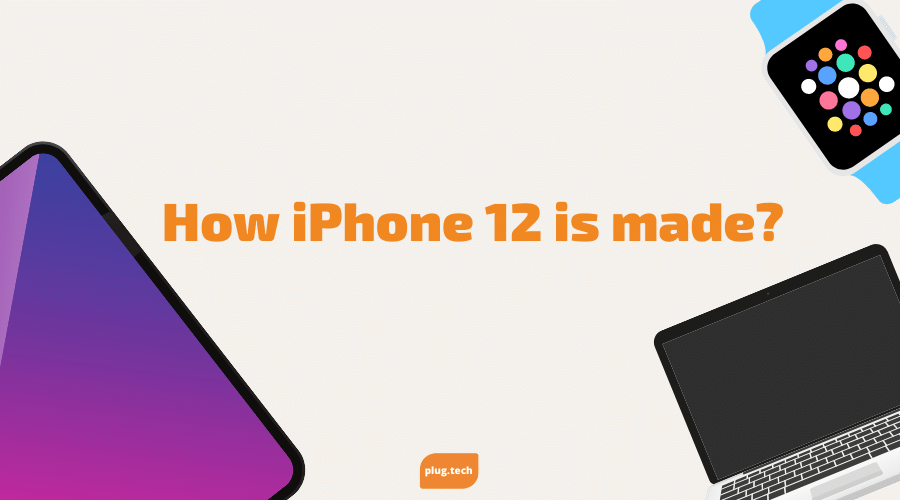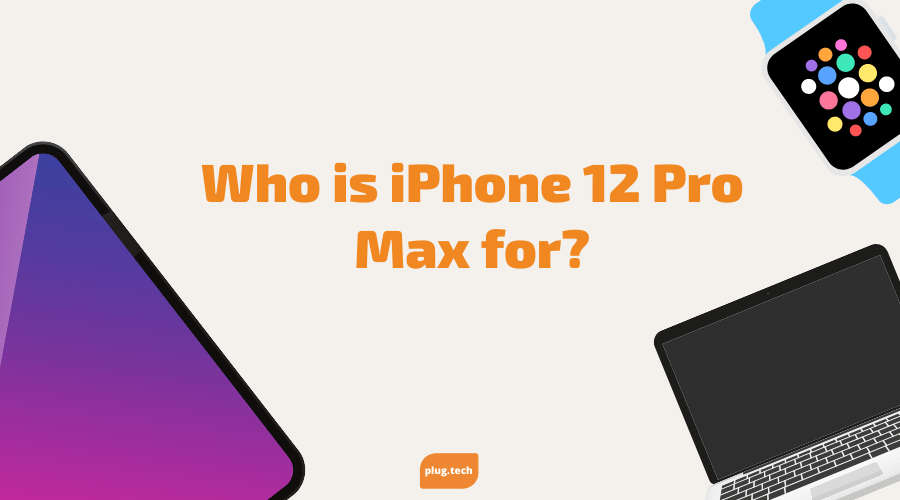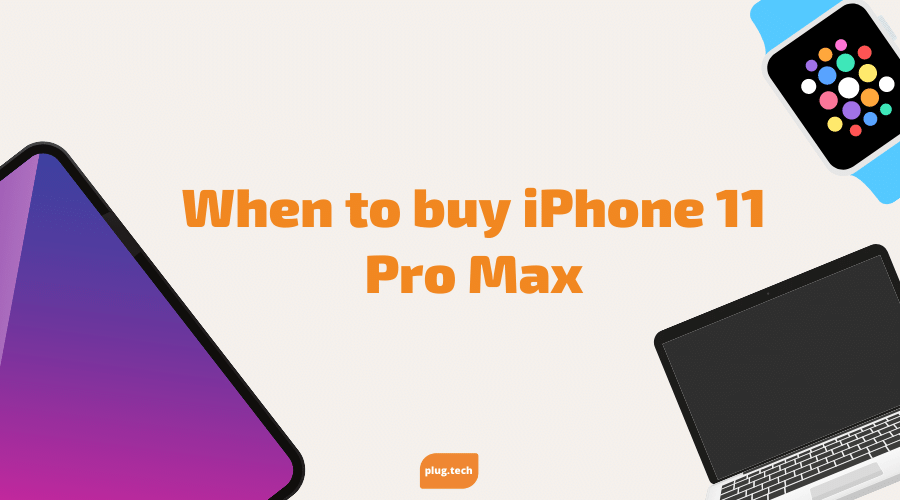How iPhone 12 is made?
If you want to know how iPhone 12 is made, you've come to the right place. What's more, we're not going to bore you with a bunch of technical babble. If you're interested in all the nuts and bolts that go into creating one of the most expensive devices in the world, this is your place. The iPhone 12 isn't just a phone; it's a convergence hub of cutting-edge technology.
The iPhone 12 features a new design, improved display, and better camera technology. As with any new iPhone release, Apple is tight-lipped about the specifics of its manufacturing process. However, we know that they work with suppliers worldwide to source the best materials and components for their phones. Once the phone is designed, it's time for assembly.
What were the rumors about iPhone 12?
There were a few rumors about the iPhone 12 before its release. Some people thought that the phone would have a smaller form factor, while others speculated that it would feature a larger screen. There were also rumors that Apple would ditch the home button, favoring an on-screen fingerprint sensor.
However, none of these rumors turned out to be true. The iPhone 12 is an iterative update to the iPhone 11, with a few minor changes. It features a slightly larger display, a new A14 Bionic chip, and support for 5G networks. Overall, it's a modest update that doesn't radically change the iPhone formula.
How is iPhone 12 made?
The iPhone 12 is made using several different manufacturing processes. Let's explore the other parts of a phone to discover the ins and outs of how it works.
It starts with a metal frame that holds all the delicate pieces together. This frame is then covered in silicone, giving it more protection from drops and dust accumulating around it over time. The metal folded over on top to form small edges tucked away in minor grooves around the case.
The inside of the phone is entirely hollow and separated into four separate sections. The battery, logic board, and display are all in their area. The rest of the phone comprises antennas and other parts that can be easily replaced.
The back cover protects the hardware from everyday damage and offers protection from drops, bumps, and scratches when not in use. It also provides a few physical buttons for quick action when you need to interact with your iPhone better than by touch.
The bottom of the phone has a few critical parts that allow the iPhone to connect to the power source it needs and provide a place for charging and data syncing. There is also a tiny cutout for Apple's Lightning connector.
The top of the phone contains several different parts that are all in their separate areas. When you open your iPhone, every detail can be easily accessed without too much dust or debris getting stuck into any part. There is room for the battery, SIM card, and SD card.
The front of the phone contains the display and several essential pieces to make everything work properly. These include a proximity sensor, ambient light sensor, earphones/speaker, microphone, home button (now pressure sensitive), and sensors many augmented reality applications depend on to track your movements through space accurately.
The phone's sides are deep enough to allow for slim thickness while still containing most of the parts that make up a modern phone. The left side includes the SIM card tray, 3.5mm headphone jack, volume buttons, and silent switch. The right side contains the power button and dual speakers.
The logic board is the most intricate part of an iPhone. It houses many essential components crucial to how it functions and how you interact with it. The logic board also connects all of the other features inside a phone. Details include a CPU, System on a Chip (SoC), RAM, flash memory, external and internal speakers, display cables and connectors, vibrator motor, etc.
Finally, the software is installed, and the phone undergoes final testing before being shipped to customers.
What new features were added to the iPhone 12?
The iPhone 12 was released on October 2020, and introduced several new features to the iPhone line, including 5G connectivity, a new design, a new OLED display, improved cameras, and more.
- 5G Connectivity:The iPhone 12 is the first iPhone to support 5G networks. 5G is the next generation of wireless technology that offers faster speeds and better performance than 4G LTE.
- New Design:The iPhone 12 has a new design with flat sides and a metal frame. The display is also slightly smaller than the previous generation iPhone 11.
- New OLED Display:The iPhone 12 features a new OLED display that is brighter and more energy-efficient than the LCDs used in previous generations of iPhones.
- Improved Cameras:The iPhone 12 features an improved dual-camera system with better low-light performance and support for new features like Night mode and Deep Fusion.
Other New Features: The iPhone 12 also includes other new features such as MagSafe wireless charging, a new A14 Bionic chip, and support for Apple's new ProRAW format.
Should you upgrade to iPhone 12?
There's a lot to consider when upgrading to a new iPhone. One of the key factors is whether Apple still supports your current iPhone. With the release of the iPhone 12, Apple is no longer supporting the iPhone 6s and earlier. So, if you have an iPhone 6s or older, you'll need to upgrade to the iPhone 12 to keep up with Apple's latest iOS releases.
Another factor to consider is cost. The iPhone 12 starts at $699, which is a significant jump from the $399 starting price of the iPhone 11. But if you're eligible for an upgrade discount through your carrier, you can get the iPhone 12 for as low as $599. So, ultimately, it comes down to whether you're willing to pay more for the latest and greatest iPhone. If you are, then the iPhone 12 is a clear choice. But if you're looking to save some money, the iPhone 11 is still a great option.
Wants to buy one for you.
PlugTech has the best deals on iPhone 12s. So if you're in the market for a new or refurbished one, be sure to check them out first!





Leave a comment
This site is protected by reCAPTCHA and the Google Privacy Policy and Terms of Service apply.